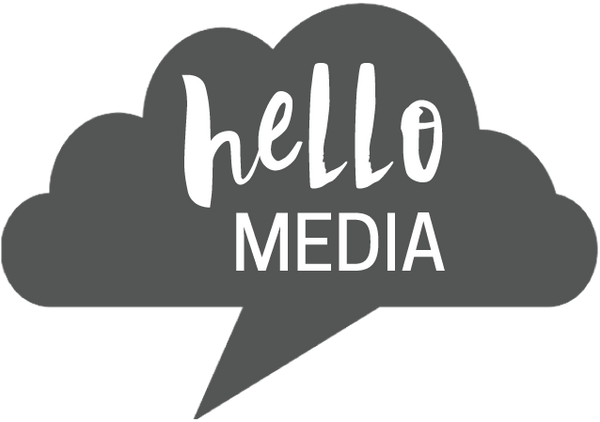The how and what of communication in business
Communicating effectively is crucial in all aspects of life, with a unique significance in the business sphere. While the nuances of communication can be complex, having a mentor or study buddy can prove instrumental in honing your skills and enhancing your business's operational efficiency.
Different communication styles and mediums
In the realm of communication, there's no 'one size fits all'. Different styles and mediums cater to various scenarios and demographics. Some people may gravitate towards succinct emails, while others might prefer detailed reports. In recent years, the digital transformation has considerably broadened the spectrum of communication. Now, we engage not only in traditional verbal and written exchanges but also through a plethora of digital mediums, ranging from social media to email newsletters.
The term 'Xennial', referring to those born between 1977 and 1982, illustrates this shift remarkably. This generation has experienced life both pre and post the digital revolution, making their experiences in communication rich and diverse.
Communication in the workplace
Within the workplace, communication has evolved significantly over the years. Our company has transitioned to using Messenger due to its simplicity and the ability to control notifications effectively. However, such a shift has not been without challenges.
One team member's preference for emails has highlighted the need for flexibility and adaptability in communication styles. As businesses increasingly employ platforms like Teams, Yammer, Slack, and WhatsApp, an understanding of your audience becomes paramount.
There's a growing trend towards a more colloquial style of communication in the workplace, complete with abbreviations and emojis. However, this shift also invites potential misunderstandings due to differing interpretations of these modern language elements. Additionally, the speed of modern communication can be overwhelming, making effective management of communication essential.
Communication barriers and misunderstandings
Barriers in communication can emerge from multiple sources. The absence of universal rules for communication means that each individual, team, or business often needs to define their guidelines, which can lead to discrepancies and misunderstandings.
Tone, for instance, can be misinterpreted, especially in text-based communication. Likewise, the use of emojis and GIFs can cause confusion if not understood universally within the team. Rapid exchanges of messages may lead to missed information or an overwhelming backlog, exacerbating these challenges.
The key to navigating these complexities is maintaining a balance and understanding the audience. Choosing the right communication style and medium according to the receiver's preferences can significantly improve the clarity and effectiveness of the message.
In conclusion, communication is a multifaceted concept that has evolved significantly over time. Understanding and adapting to different communication styles and mediums is pivotal in today's diverse and digital world. Overcoming barriers and potential misunderstandings requires a keen understanding of the audience, careful choice of communication style and medium, and a set of clearly defined rules tailored to individual or business needs.
Listen in to our Bite-Size podcast episode about
The how and what of communication
Watch this episode of our Business Bite-Size on YouTube to learn more:
